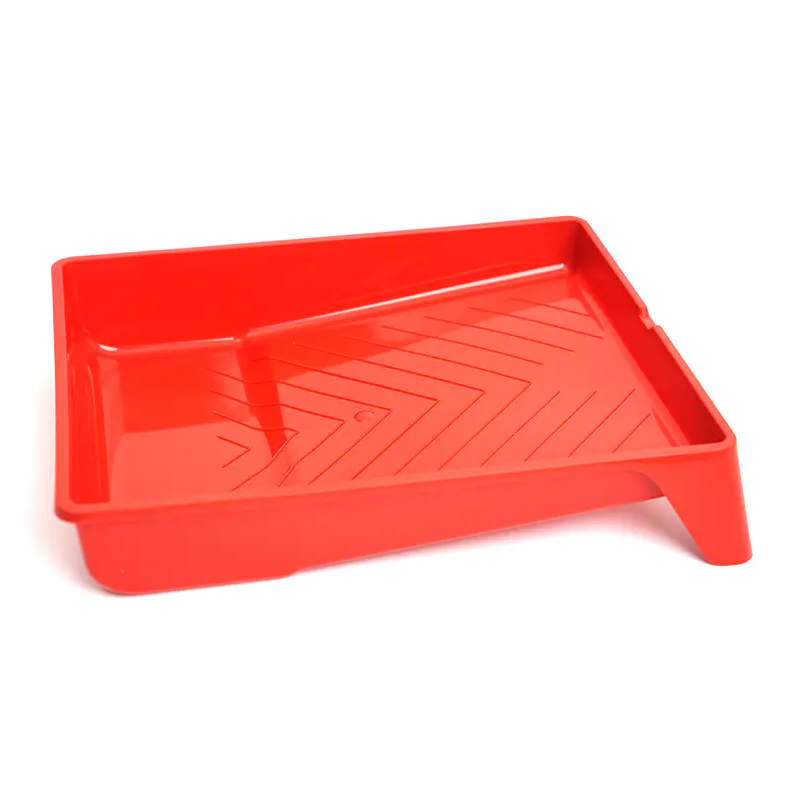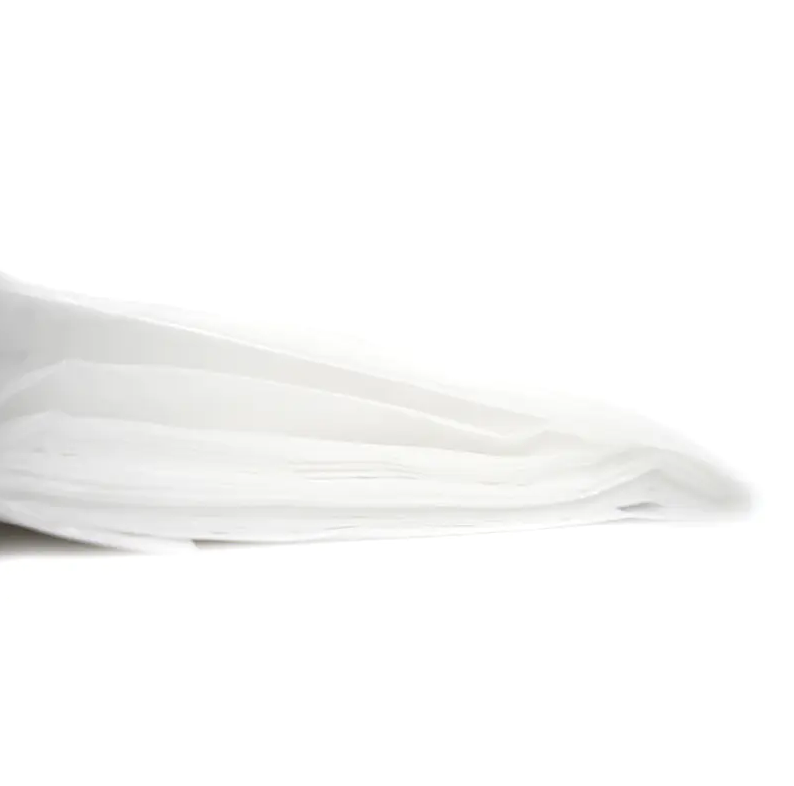Dust sheets play a vital role in any renovation, painting, or maintenance project. They are protective coverings used during the painting process to protect surfaces and furniture from dust, debris, and paint drips. Whether you're a professional contractor or a do-it-yourself homeowner, understanding the wide range of uses and benefits of dust sheets can help you ensure a smooth project and a clean environment.
Content
Basic Introduction to Dust Sheets and Their Materials
Our dust sheets are protective coverings designed to protect surfaces and furniture from dust, debris, and paint drips. They are typically made from fabrics like canvas or plastic, making them durable and easy to spread over designated areas.
Main materials for dust sheets include:
- Plastic (polyethylene) dust sheets: Affordable, lightweight, and typically designed for single-use or light-duty applications. They effectively block paint and liquid penetration.
- Canvas (cotton) dust sheets: Highly durable, reusable, and with excellent slip resistance, they are ideal for high-traffic areas or areas requiring long-term coverage. They absorb paint splatters and reduce the risk of slips.

Core Uses of Dust Sheets
Dust sheets are more than just protective covers for floors and furniture; they have many more uses:
- Protecting Floors and Carpets: This is the most common and important use of dust sheets. During painting or construction, they effectively prevent paint drips, putty dust, and dust from damaging your hardwood floors, tile, or carpet.
- Covering Furniture and Appliances: Tightly covering items like sofas, tables, chairs, lamps, and appliances in the construction area with painter's cloths completely isolates them from loose dust and accidental paint splashes, ensuring they remain spotless after the project is completed.
- Preventing the Spread of Airborne Pollutants: Sanding walls or wood creates a large amount of fine dust. A high-quality dust sheet can serve as a temporary barrier, reducing the spread of dust to non-work areas and simplifying cleanup.
- Serving as a Temporary Work Surface: Durable canvas dust sheets can be used as a temporary tool storage area or for small paint mixing or cutting tasks, protecting the underlying surface from scratches or stains.
How to Choose and Use Dust Sheets?
For optimal protection, choosing the right dust sheet is crucial.
- For painting projects: Canvas paint sheets with a plastic backing are recommended, as they absorb splashes and prevent liquids from seeping onto the floor.
- For sanding or dusting: Lightweight plastic dust sheets can be used to cover larger items and prevent dust accumulation.
Properly laying out the dust sheet, ensuring it covers all potentially affected areas, and securing the edges to the wall or baseboards with masking tape can further prevent dust and liquids from seeping in.
Dust sheets are an essential protective covering for any clean, professional renovation or painting project. Investing in high-quality dust sheets effectively protects your assets, significantly reduces post-project cleanup, and is a key step in ensuring quality and efficiency.



 Español
Español







